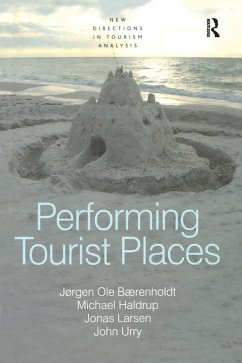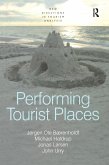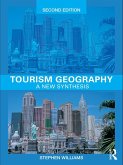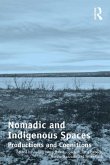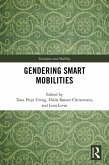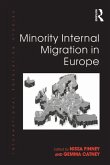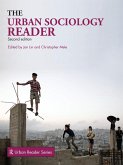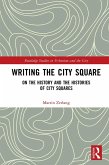This book looks at the making and the consuming of places in the contemporary world. Illustrated through a case on Denmark, it considers the general arguments about the intersections of places, performances and peoples. It is shown that those who are visitors to a place in part produce that place through their performances. Places are intertwined with people through various systems that generate and reproduce performances in and of that place. These systems comprise networks of 'hosts, guests, buildings, objects and machines' that contingently realize particular performances of specific places. The studies reported here further develop what we might describe as the 'new mobility' paradigm that is developing within the social sciences.
Dieser Download kann aus rechtlichen Gründen nur mit Rechnungsadresse in A, B, BG, CY, CZ, D, DK, EW, E, FIN, F, GR, HR, H, IRL, I, LT, L, LR, M, NL, PL, P, R, S, SLO, SK ausgeliefert werden.
Hinweis: Dieser Artikel kann nur an eine deutsche Lieferadresse ausgeliefert werden.

